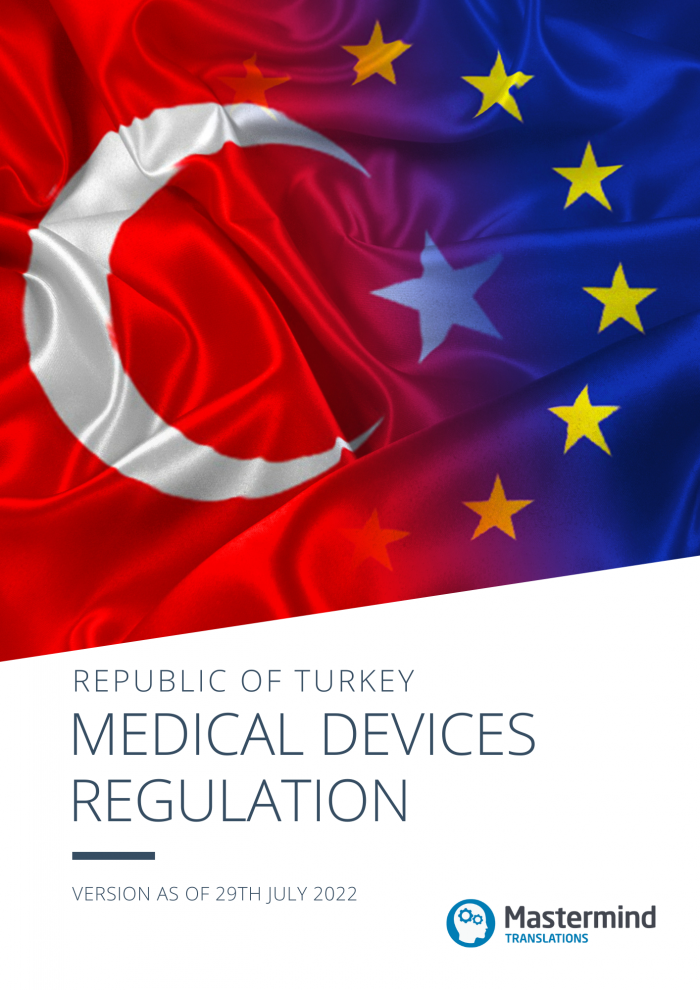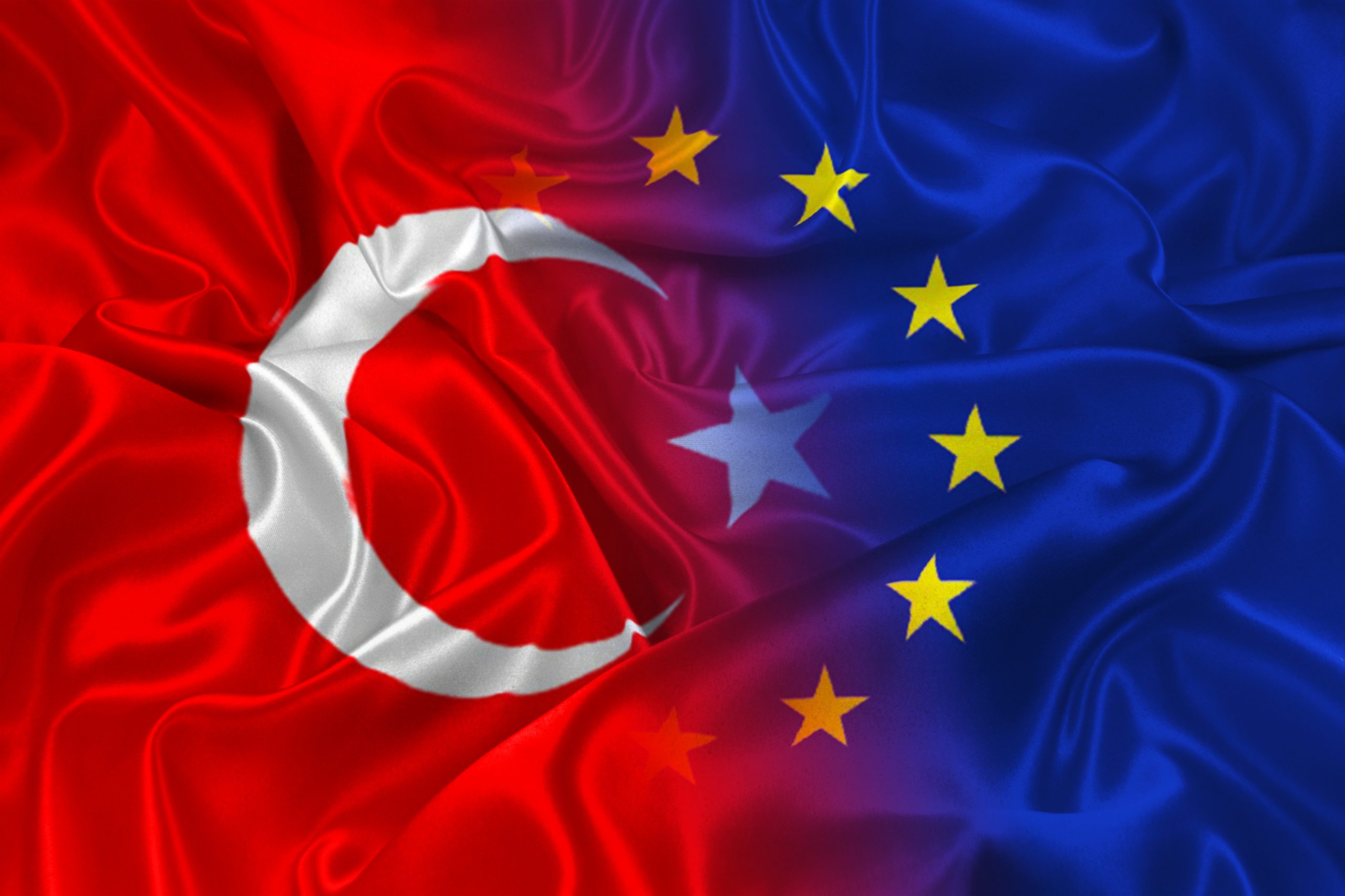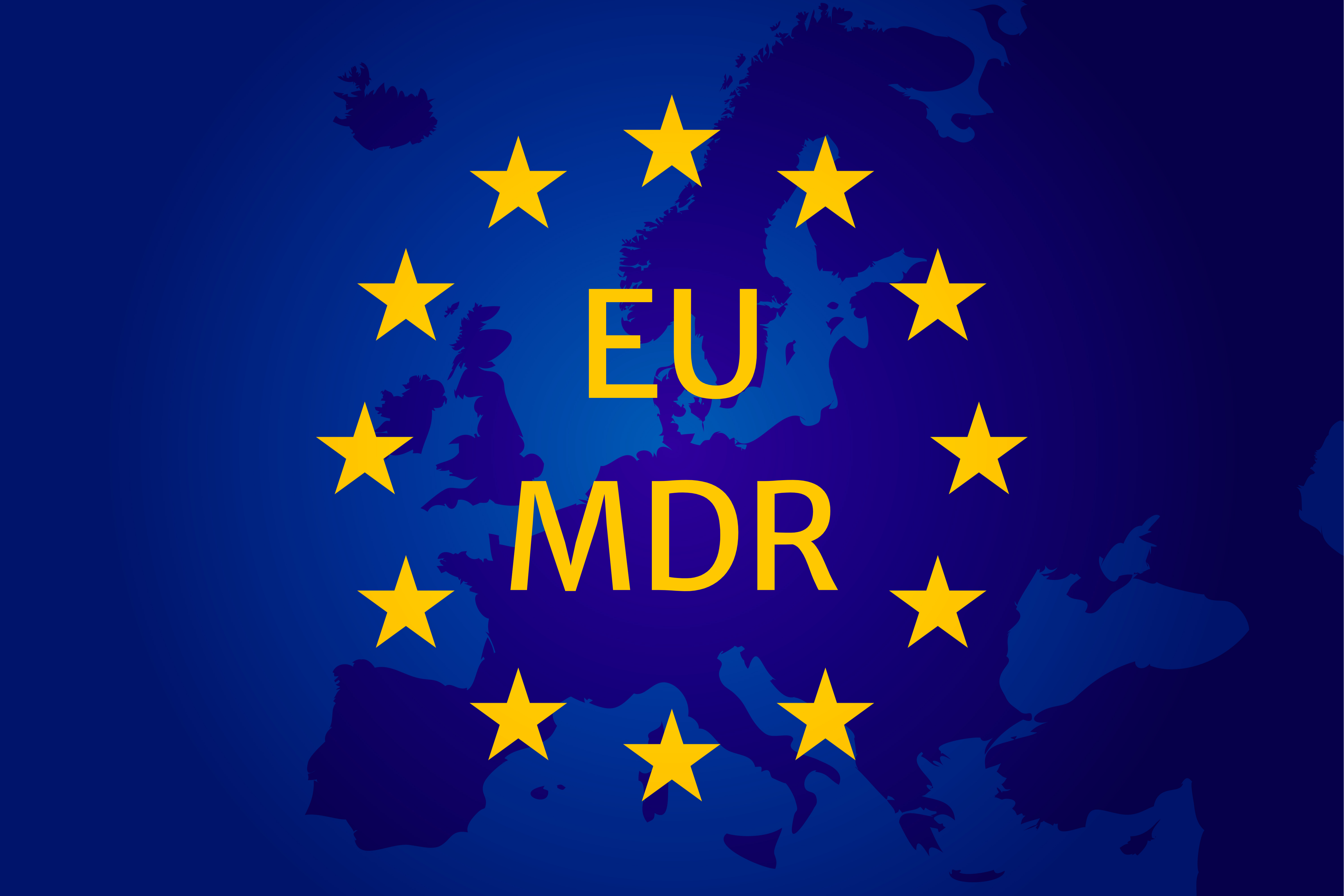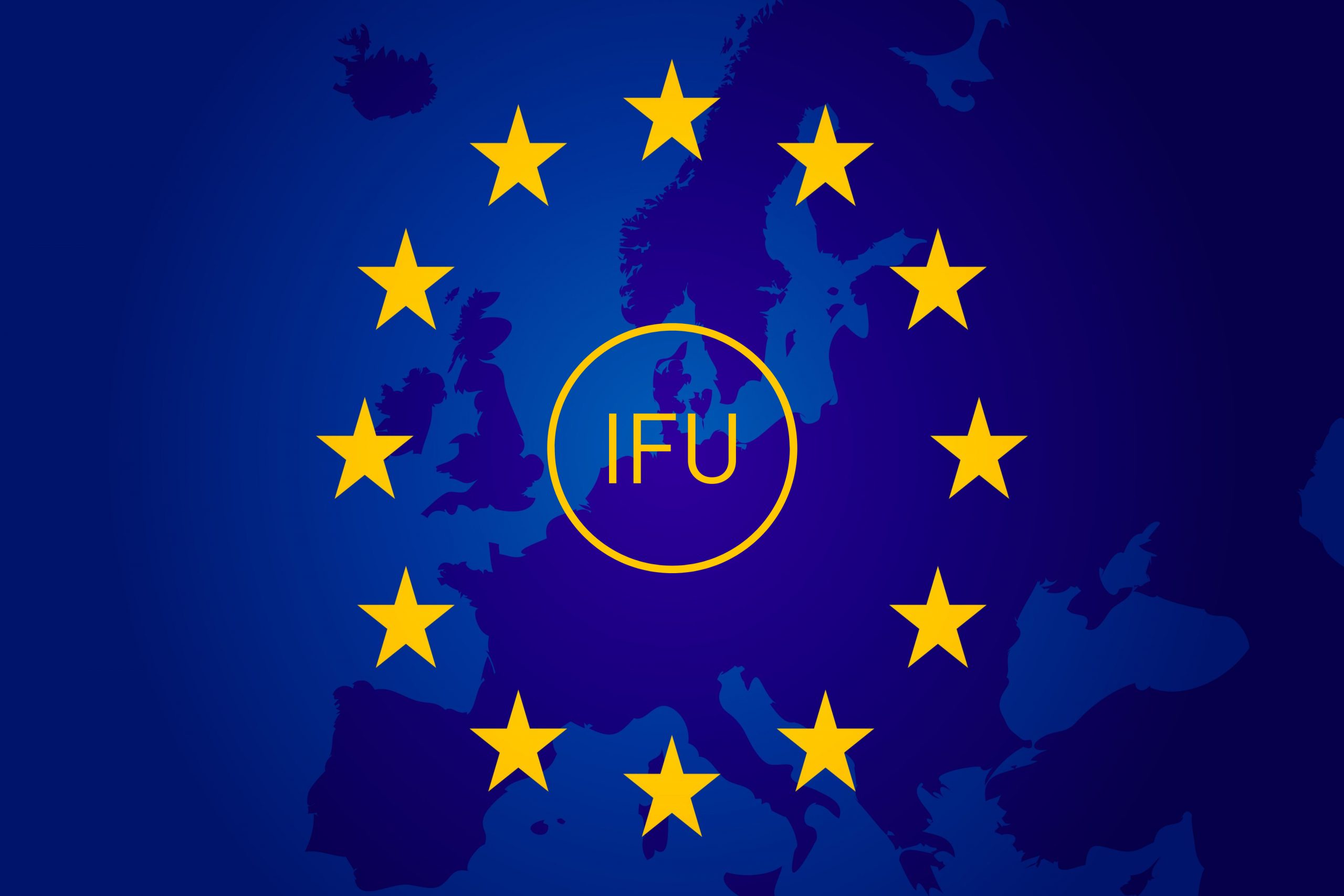Nearly 80% of medical devices in Turkey are imported, with as many as half of those imports coming from the European region. While still a candidate for EU membership, Turkey has developed a strong trading relationship with the EU spanning nearly three decades, in order to facilitate the movement of medical technologies into its market. This relationship relies heavily on the alignment of Turkish medical device legislation with that of the EU. The scope of this harmonisation also covers the language requirements for medical devices in Turkey. In this article, we discuss the linguistic rules for manufacturers and importers of medical devices who plan to place such products on the Turkish market.
As a large country with a population of more than 85 million, which acts as a strategic location for regional market access, Turkey offers attractive opportunities for manufacturers of medical devices from the EU and the rest of the world alike. For those intending to explore such opportunities, the harmonisation of Turkish and EU medical devices regulatory frameworks makes this market pathway even easier. This alignment of medical device legislation also encompasses linguistic provisions. This means that product information as well as certain other documents related to medical devices placed on the Turkish market must follow language rules parallel to those applicable in the EU.
Before we discuss the practical implications of the language requirements for medical devices in Turkey, some background information may be helpful.
Why has Turkey aligned its medical devices legislation with that of the EU?
Turkey was one of the first countries to seek close economic cooperation with the European Economic Community (EEC), the immediate predecessor of the EU, following the creation of the EEC in 1957. In 1963, these attempts came to fruition in the form of an association agreement, known as the Ankara Agreement. An important element in this integration process was a customs union, allowing industrial goods to move between Turkey and EEC countries without restrictions. After many delays and lengthy negotiations, in 1995 the Customs Union Agreement finally introduced the EU-Turkey Customs Union, which has since become the backbone of the economic relationship between the EU and Turkey. Three years later, Turkey’s application to join the EU was formally accepted, starting official accession negotiations which have not advanced recently. Nevertheless, while political interactions between the EU and Turkey have been stormy at times, pragmatism seems to have prevailed in their economic relations.
The EU-Turkey Customs Union represents a deep economic integration arrangement that goes far beyond a typical free trade agreement. More specifically, Articles 8 to 11 of EC-Turkey Association Council Decision No 1/95 obligate Turkey to align its domestic legislation on goods, referred to as technical legislation, with that of the EU in order to remove technical barriers to trade in particular products. Within the scope of that alignment, Annex II of Decision No 2/97 lists the now-repealed EU directives on medical devices, active implantable medical devices, and in vitro diagnostic medical devices.
What is Turkey’s status under the EU MDR and EU IVDR?
Following the introduction of the new EU regulatory regime for medical devices, in 2021 the EU-Turkey Customs Union Joint Committee, the body responsible for ascertaining that Turkey has aligned its technical legislation for a particular product with that of the EU, confirmed that Turkish medical device legislation was indeed aligned with the new Medical Device Regulation (EU) 2017/745 and In Vitro Diagnostic Medical Device Regulation (EU) 2017/746. In response, in March 2022 the European Commission published a Notice to Stakeholders ratifying the updated provisions of the EU-Turkey Customs Union Agreement in the field of medical devices. This means that Turkey is now fully recognised under the EU MDR and EU IVDR.
What is the new regulatory framework for medical devices in Turkey?
On 2nd June 2021, Turkey published the Medical Devices Regulation (in Turkish, Tıbbi Cihaz Yönetmeliği) and the In Vitro Medical Devices Regulation (in Turkish, İn Vitro Tanı Amaçlı Tıbbi Cihaz Yönetmeliği), both of which are fully harmonised with their EU equivalents. In addition, both regulations cover a number of aspects that may be regulated at the national level under the EU MDR and the EU IVDR, such as the language requirements for medical devices in Turkey.

DOWNLOAD THE TURKISH MDR
English version of the Turkish Medical Devices Regulation (130 pages)

DOWNLOAD THE TURKISH IVDR
English version of the Turkish In Vitro Diagnostic Medical Devices Regulation (124 pages)
So what are the language requirements for medical devices in Turkey?
The national language requirements for medical devices in Turkey are in essence analogous to those laid down in the EU MDR and EU IVDR. More specifically, they apply to the information accompanying the device (product information), implant card, field safety notice, certificate of conformity, declaration of conformity, and several other documentation.
Language required for product information
Information accompanying the device is defined, in Annex I Section 23 of the Turkish MDR and Annex I Section 20 of the Turkish IVDR, as the information needed to identify the device and its manufacturer, and any safety and performance information that appears on the device itself, on the packaging, and in the instructions for use (IFU). If the manufacturer has a website, this information is also provided and regularly updated there.
Instructions for use
The information accompanying devices, including in vitro diagnostic medical devices, placed on the Turkish market must be in Turkish.
Turkish MDR, Article 10(11)
Manufacturers shall ensure that the device is accompanied by the information set out in Section 23 of Annex I in accordance with Article 7(1)(ğ) of Law No. 7223 and, where applicable, in the official EU language(s) determined by the EU Member State in which the device is made available to the user or patient. […]
Turkish IVDR, Article 11(10)
Manufacturers shall ensure that the device is accompanied by the information set out in Section 20 of Annex I in accordance with Article 7(1)(ğ) of Law No. 7223 and, where applicable, in the official EU language(s) determined by the EU Member State in which the device is made available to the user or patient. […] In accordance with Section 20 of Annex I, the information supplied with self-testing or bedside testing devices shall be easily understandable and provided in Turkish and/or, where applicable, in the EU official language(s) specified by the EU Member State in which the device is made available to the user or patient.
Turkish Product Safety and Technical Regulations Law, Article 7(1)
Obligations of the manufacturer
1. The manufacturer:
g) Takes the necessary precautions against the risks that the product may carry, and provides the end users with the necessary information so that they can avoid such risks.
ğ) Ensures that the information specified in subparagraph (g) on the product or its packaging or in the documents accompanying the product, and the assembly, use and maintenance instructions, and safety rules are in Turkish.
Label
Generally, the label must be in Turkish too. However, when certain conditions are met, the label affixed to devices (or their packaging) intended solely for healthcare professionals may be in one of the official languages of the EU, typically English.
Circular No. 2022-1 on Medical Devices, Section E, point 2
[…] the label to be affixed to the device or its packaging may be in one of the official languages of the EU, provided that the documents supplied with the product contain the necessary information to prevent any risks that the product may present, and the assembly, use and maintenance instructions and safety rules are in Turkish.
Graphical user interface
Although Turkey has no separate legal provisions for the graphical user interface (GUI), in the information published by the European Commission in January 2024, it states that the GUI must generally be in Turkish. However, this requirement is waived for the GUI of medical devices intended exclusively for healthcare professionals. For those devices, the GUI can be in English on the condition that a Turkish IFU is provided with the device.
Language(s) required for the implant card
The implant card and the information provided to a patient with an implanted device must be in Turkish and, where necessary, in English.
Turkish MDR, Article 18
Implant card and information to be provided to a patient with an implanted device
2. The information referred to in paragraph 1 shall be provided to the patient to whom the device is implanted, in Turkish and, where necessary, in English, in a manner that allows rapid access. […] In addition, manufacturers shall provide the information referred to in paragraph 1(a) on an implant card supplied with the device.
Language required for the field safety notice
Field safety notices (FSN) for field safety corrective actions (FSCAs) taking place in Turkey must be issued in Turkish.
Turkish MDR, Article 87(8)
Turkish IVDR, Article 84(8)
In accordance with this Regulation;
a) [..] The field safety notice shall be issued in Turkish and/or in the official EU language(s) determined by the EU Member States in which the field safety corrective action is being taken.
Language required for the declaration of conformity
The EU declaration of conformity for devices placed on the Turkish market must be accompanied by a Turkish translation.
Turkish MDR, Article 19(1)
Turkish IVDR, Article 18(1)
[…]The EU declaration of conformity contains at least the information specified in Annex IV, and for devices placed on the domestic market, if the declaration is issued in other languages, a Turkish translation of the declaration shall be attached.
Language(s) required for the certificate of conformity
The certificate of conformity must be issued in Turkish and/or an EU official language determined by the authority. If the language is not determined by the authority, the certificate should be in an EU official language acceptable to the notified body and/or in Turkish.
Turkish MDR, Article 56(1)
Turkish IVDR, Article 53(1)
Certificates issued by notified bodies pursuant to Annex IX, Annex X and Annex XI shall be in Turkish and/or in an EU official language determined by the Authority, or if not determined by the Authority, in an EU official language acceptable to the notified body and/or in Turkish.
While several European countries offer exemptions from their national language rules, apart from the exceptions provided above, the national language requirements for medical devices in Turkey are mandatory, regardless of whether the device is intended for professional or layperson use.
Where can we find information on the national language requirements for medical devices in Turkey and other European countries?
In response to the most common questions of medical device manufacturers, we have prepared a comprehensive resource detailing the languages accepted for various types of documentation under the EU MDR language requirements in 34 European countries. These include the 27 EU Member States, along with Iceland, Liechtenstein, Norway, Switzerland, Turkey, Serbia, and Montenegro.
Available in our online store, the EU MDR Language Requirements Table 2024 features dedicated sections covering the label/instructions for use (professional vs lay use), graphical user interface (professional vs lay use), implant card, field safety notice, and declaration of conformity. This regularly updated resource provides English summaries of national laws outlining various conditions and exemptions, accompanied by clickable links to the official sources.
Please note that the information provided in this article is for guidance only and does not constitute professional regulatory advice. Translation of the legal texts quoted here is unofficial. In the case of specific questions related to regulatory compliance, we recommend seeking assistance from a QA/RA specialist or a relevant competent authority.







